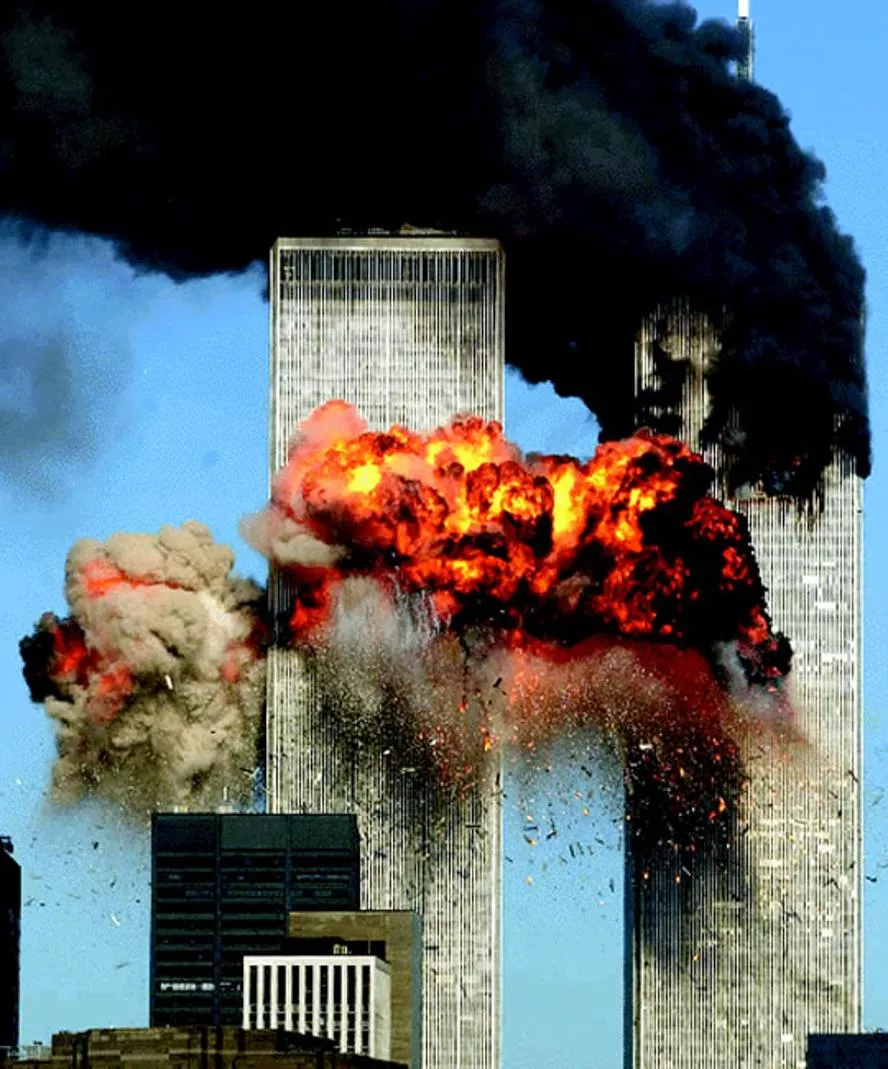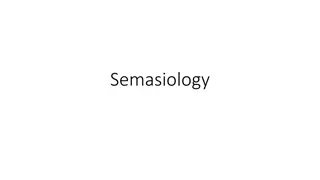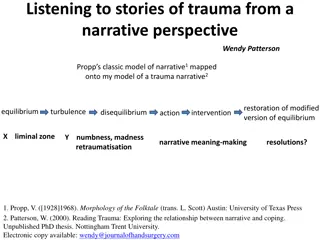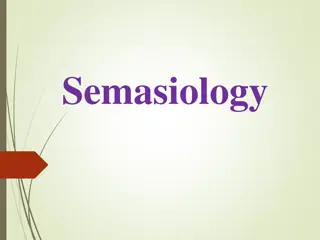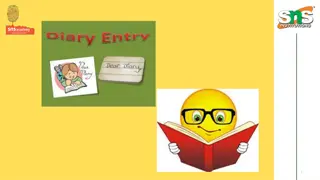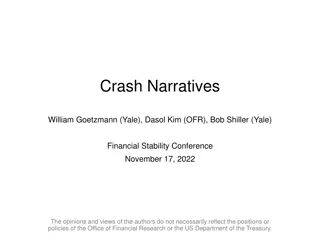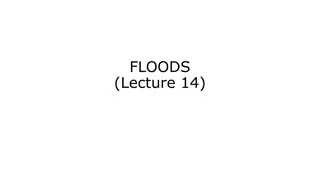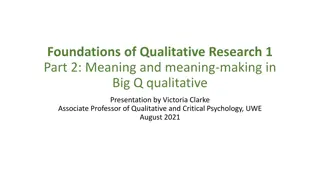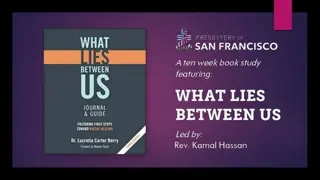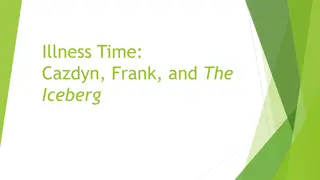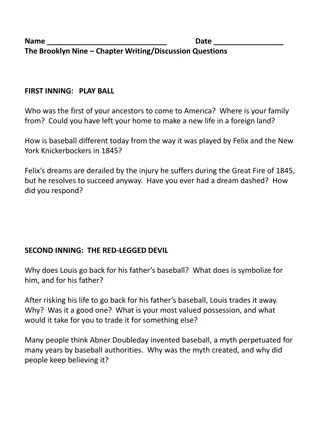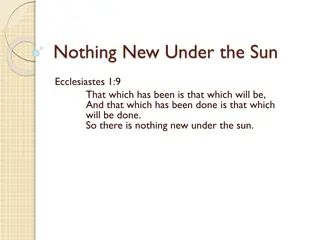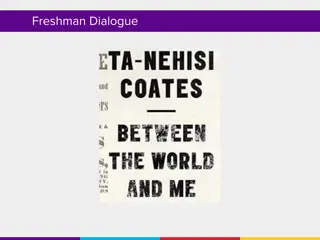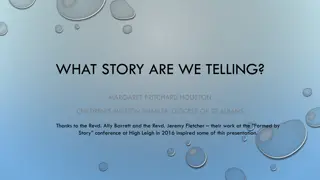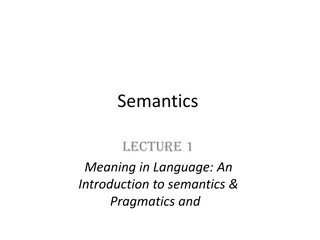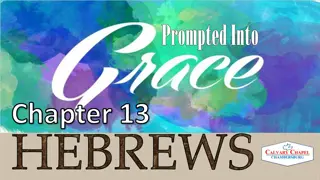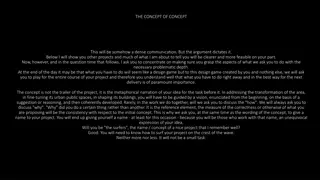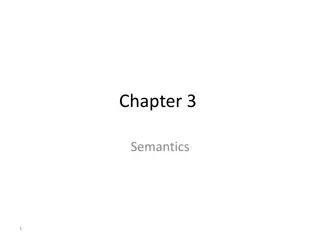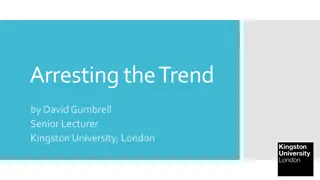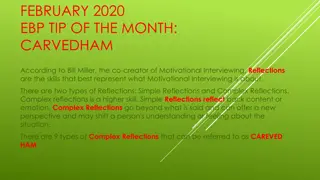Reflections on the Impact of 9/11: Narratives, Images, and Meaning
The aftermath of 9/11 prompted a reevaluation of storytelling and representation, as depicted in various forms such as poetry, counter-narratives, and explorations of grief and memory. Through images, texts, and the intersection of reality and fiction, the response to the crisis underscores a quest for meaning in the face of tragedy.
Download Presentation

Please find below an Image/Link to download the presentation.
The content on the website is provided AS IS for your information and personal use only. It may not be sold, licensed, or shared on other websites without obtaining consent from the author. Download presentation by click this link. If you encounter any issues during the download, it is possible that the publisher has removed the file from their server.
E N D
Presentation Transcript
[W]hen we watched the oft- repeated shot of frightened people, running towards the camera ahead of the giant cloud of dust from the collapsing tower, was not the framing of the shot itself reminiscent of spectacular shots in catastrophe movies, a special effect which outdid all others? Slavoj i ek, Welcome to the Desert of the Real 11
Writers Response Nature of the Crisis Disorientation, Loss War at Home Failure of Language Obliteration of Meaning Totemic significance of the WTC Interest in the paradox of speaking the silence War on Terror Melancholia Media Intervention
[W]e dont know what the next sentence should be. We have tried to proceed to the next sentence. But to write, you must know something, and we know nothing beyond the intolerable questions that assail us. Grief, at an infernal temperature, has burnt knowledge out of us.
Poetry (neither silence nor fully-fledged expression) Postcards to the missing, unrealized film scripts, instructions for responses to disaster, imagined encounters with the bereaved, urban legends, explorations of a terrorist s mind, paeans to the city etc. Hybrid forms privileging Image over Story (new kinds of images and iconography in written texts, graphic novels, comics).
Employing representational strategies that emphasize the desire for meaning Creating a counter-narrative that consists of multiple narratives: No single story to contain the event Interrogating mechanisms and ethics of witnessing Revealing the impossibility of knowing or conveying meaning Discussing the ways in which 9/11 affected chronology and memory Explanatory narratives as a means of: countering trauma refusing incommensurability placing 9/11 in historical framework
Father Son Bond (Frederic Beigbeder, Windows on the World (2004); Jonathan SafranFoer, Extremely Loud & Incredibly Close(2005)) Shattered Family Lives (Ken Kalfus, A Disorder Peculiar to the Country (2006); Don DeLillo, Falling Man (2007)) Amnesia (Don DeLillo, Falling Man (2007); Khaled Hosseini, The Kite Runner(2004)) Hostile Intruder / The Terrorist Other (Don DeLillo, Falling Man (2007); John Updike, Terrorist (2006); MohsinHamid, The Reluctant Fundamentalist (2007); Ian McEwan, Saturday(2005)) Marginalisation of female and racial subject (Joseph O Neill, Netherland(2008), Amy Waldman, The Submission (2011)
Circularity of narrative Disruption of linear temporality / superficial chronological confusion Achronicity: incompletion of knowledge, belatedness, mechanism of memory, trauma Dual Temporality (trauma) potentially a 3rd timeline: present narrative time Arrest of narrative: to examine a photo, a report or another trifle Contradicting accounts Stylistic Effects / Metafictional elements / Dominance of the image
Novels, essays, short stories, plays, scripts. Influences: modernist fiction, abstract impressionism, jazz music, European/Asian cinema of the 60s. Subjects: television, nuclear war, the Cold War, sports, the complexities of language, performance art, mathematics, the advent of the digital age, politics, economics, and global terrorism.
It's no accident that my first novel was called Americana. This was a private declaration of independence, a statement of my intention to use the whole picture, the whole culture. America was and is the immigrant's dream, and as the son of two immigrants I was attracted by the sense of possibility that had drawn my grandparents and parents. --Don DeLillo, from the 1993 interview with Adam Begley
Depictions of post-9/11 world: melancholy, tedium, withdrawal, stillness. Failure of language searching for the right word Fear of the threatening Other Cinema: Ritual = trauma Importance of images in narratives of 9/11 (televised images merging reality with fantasy) Image over words (journals)

 undefined
undefined





